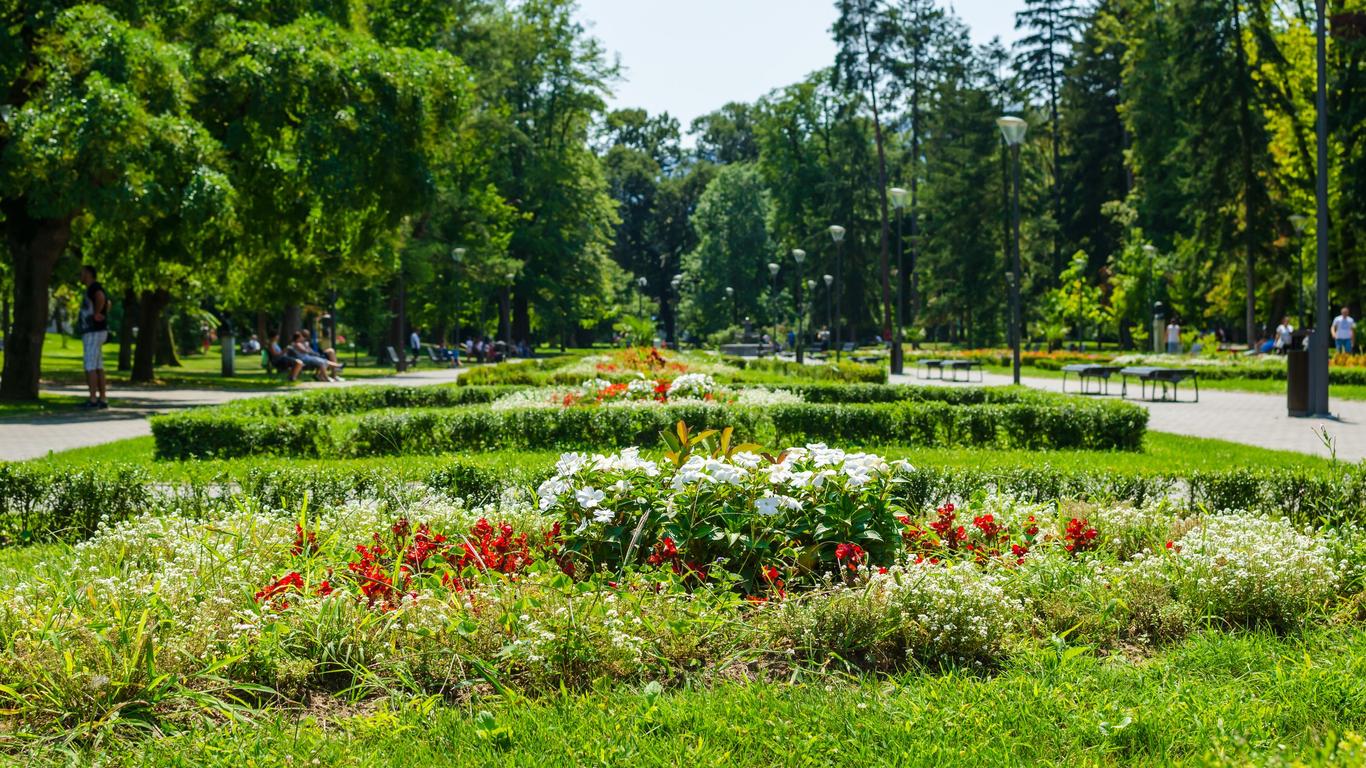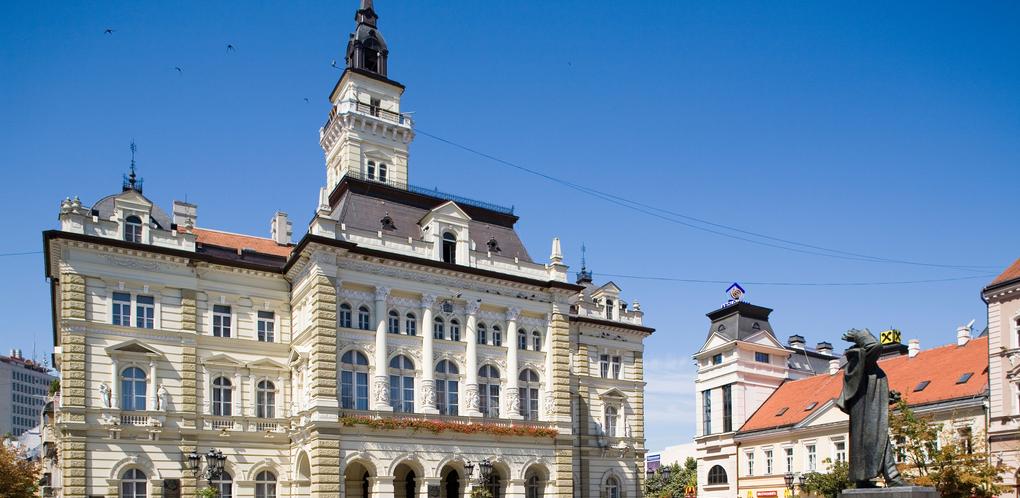
Serbia travel guide
Serbia Tourism | Serbia Guide
You're Going to Love Serbia
In the heart of the Balkans region, Serbia is still offbeat enough to not attract large crowds of tourists, the perfect destination for those who like to discover a new place slowly.

Throughout Serbia there is a mix of architectural styles, national parks, ski slopes, spas and wine regions.
What to do in Serbia
1. Experience the Outdoors at Tara National Park
No matter the time of year, participating in outdoor activities at Tara National Park is one of the best things to do in the country.
2. Visit the Rajac Wine Cellars
Producing wine since at least the 3rd century, the Negotin region is also the home of a unique complex of 19th-century stone wine cellars. With almost 200 of these well-preserved cellars, the village of Rajac is a must-visit destination.
3. Go Skiing in Kopaonik
Covered in snow from November to May, Kopaonik is one of the most famous ski resorts in Serbia. For warmer temperatures, head there in the summer for biking and hiking.
4. Explore Novi Sad
Historic and creative, the city of Novi Sad is one of Serbia's best-kept secrets. It boasts the titles of European Youth Capital (2019) and European Capital of Culture (2021).
5. Don't Miss the Studenica Monastery
One of the country's most beloved historical sites, the Studenica Monastery is also a UNESCO World Heritage Site.
When to visit Serbia
Famous as a year-round destination, the best time to visit Serbia depends on the types of activities visitors would like to partake in.
Go in the summer (July and August) for festival season and in the winter (December to March) for the skiing and the cultural events in the capital Belgrade.
How to Get to Serbia
Entry requirements
Nationals from most countries don't need a visa for stays in Serbia under 90 days.
Plane
Most international flights to Serbia land at the Nikola Tesla Airport in Belgrade.
There are also regular flights to Constantine the Great Airport (Niš) from Switzerland, Italy, Slovakia, and Germany.
Train
There are regular international trains from several European destinations to Belgrade, Subotica, Novi Sad, and Niš.
At the border, customs officials go aboard the train to check for passports and visas (if needed).
Car
To enter Serbia by car, an International Driving Permit, proof of car ownership, registration papers, and valid car insurance are necessary.
Entering Serbia by land from Kosovo is usually not allowed.
Bus
Serbia is well-connected by long-distance buses to and from Europe and Turkey.
Border officers will board the bus and collect all passengers' passports for verification, which are then returned after processing.
Popular airlines serving Serbia
Where to stay in Serbia
In larger cities and towns, look for hotels and hostels. Check local tourist offices for private rooms or apartments if that type of accommodation is preferred.
Where to stay in popular areas of Serbia
Most booked hotels in Serbia
How to Get Around Serbia
Public Transportation
Within large cities, public transportation consists of a typically inefficient network of local buses. In the capital city, Belgrade, it is also possible to get around by tram or trolleybus.
Trains
Trains are operated by Serbian Railways and are notoriously slower and not as reliable as buses.
The main routes include connections with Belgrade, Subotica, Novi Sad, Niš, and Užice.
Bus
The bus network is more extensive than the train network, and still the most convenient way to get around Serbia. Check the timetables for destinations outside larger towns and cities because of possible delays.
Car
An International Driving Permit is required to rent a car in Serbia.
The Cost of Living in Serbia
Although some large hotels list their prices in Euros, payment must always be made in the local currency Dinar. ATMs are widely available in most towns and cities. Credit card payments are accepted in larger businesses; pay in cash elsewhere. A one-way ticket on public transportation costs approximately 90 RSD (0.85 USD). Groceries for a couple of days can cost around 1,000 RSD (9.40 USD).